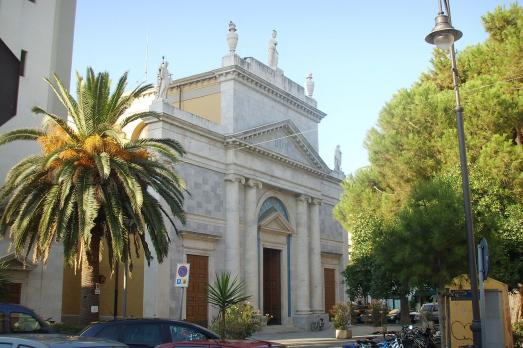
Chiesa di Sant'Andrea
Viareggio, IT
The church of Sant'Andrea was built in the 1840s with the adjoining presbytery according to the classical design of the engineer Michele Cervelli from Lucca.
Here you can search for a building to visit. You can use the map find destinations, or you can use the filters to search for a building based upon what different criteria.

Viareggio, IT
The church of Sant'Andrea was built in the 1840s with the adjoining presbytery according to the classical design of the engineer Michele Cervelli from Lucca.
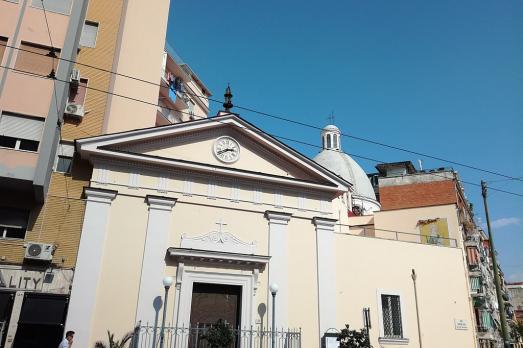
Napoli, IT
The church of Sant'Anna alle Paludi dates back to the 14th century when it was built by the University of Hortolani, although very few traces of the original structure remain, mainly due to the renovations of the 18th-19th and early 20th centuries. The church has a single nave designed according to the original 18th-century plan. The simple, linear lines only become beautiful neo-baroque in the decoration of the dome, which remains the only completed part of the church, according to the design of the architect Alfredo Belli from the late 19th century.
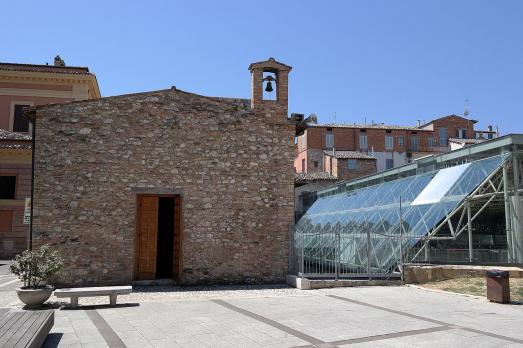
Teramo, IT
The church of Sant'Anna dei Pompetti, together with the neighbouring church of Santa Caterina, was originally part of the complex of the ancient cathedral of Santa Maria Aprutiensis from the 6th century. The building is made up of what has survived and been preserved from the old cathedral building.
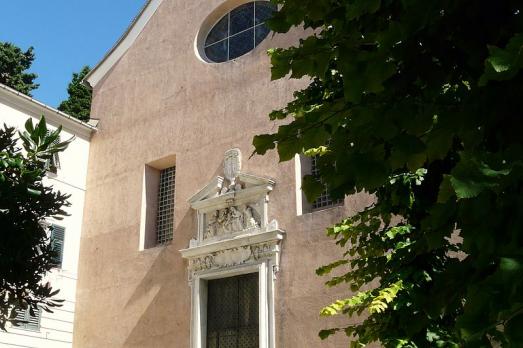
Genova, IT
The church of Sant'Anna, with the adjoining convent, was founded in 1584 on the initiative of Father Nicolò di Gesù Maria Doria (1539-1594). Shortly after its foundation, a pharmacy was opened there, attracting many patients in need of treatment. The first historical documents relating to the pharmacy date back to 1650, when there is mention of an "apothecary shop" belonging to the Discalced Carmelites.
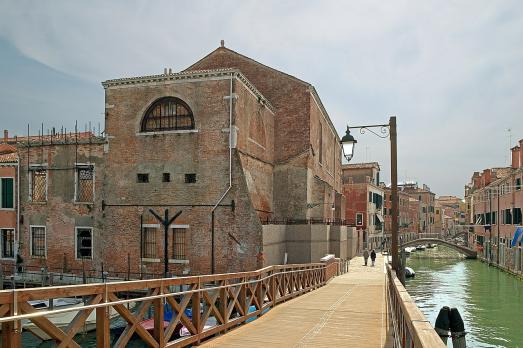
N/A, IT
The church of Sant'Anna was founded in the middle of the 13th century with a monastery that soon passed to the Benedictines. The old church was in a state of ruin, and its complete reconstruction began on 4 October 1634, based on a project by Francesco Contini. The work was completed in 1659. During the second French occupation (1806-1814), following the decree of 28 July 1806, the church of St. Anne was abolished together with the convent. The church is still desecrated.
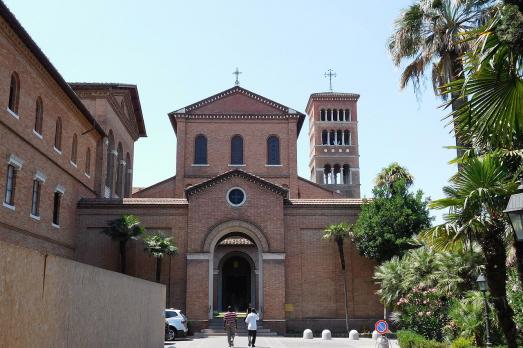
Roma, IT
The church of Sant'Anselmo all'Aventino, despite its appearance, is a recent construction. It was built in a neo-Romanesque style by Francesco Vespignani between 1892 and 1896. The interior consists of a nave and two aisles divided by granite columns, a latticed ceiling and an apse decorated with mosaics; the crypt with five aisles is particularly large. The church is built on the remains of a Roman Domus of the 2nd-3rd century AD, which can be seen in the basement of the church.

, IT
The church of Sant'Antonino martire is first mentioned in the 12th century. It is believed that the church of Sant'Antonino was first rebuilt in the Venetian-Byzantine style between the 12th and 13th centuries. It then underwent various reconstructions that gave it a Gothic appearance. In the second half of the 17th century, it was completely rebuilt according to a project attributed to Baldassare Longhena, who was in fact the supervisor of the work. The bell tower was completed in 1750, apparently to a design by the parish priest of the time, Antonio Fusarini.
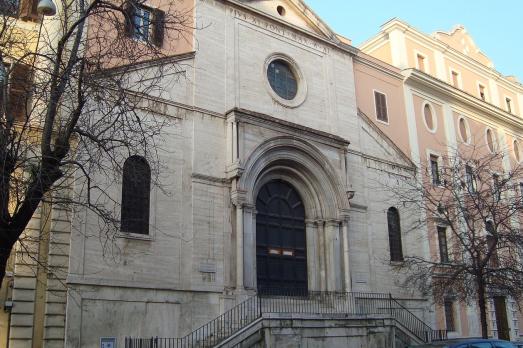
Roma, IT
The church of Sant'Antonio Abate all'Esquilino had an annexed hospital, predating the church and built in the second half of the 13th century, for the treatment of people suffering from "St Anthony's fire" (Shingles). The church was built in 1308 to replace a pre-existing church called Sant'Andrea cata barbara (from the 5th century); it was then rebuilt in 1481 by Pope Sixtus IV and underwent a new internal restoration in the 18th century. The façade, on the other hand, is the work of Antonio Muñoz and dates from the restoration of the church in the first half of the 20th century. In 1928, the church and its surroundings were purchased by the Holy See; the church was given to the Russian Catholics of the Byzantine rite.
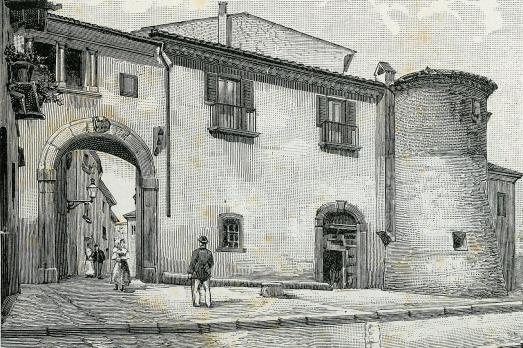
Campobasso, IT
The church of Sant'Antonio Abate was built in 1572 on the remains of a pre-existing church of modest dimensions. It is the most representative monument of Baroque art in Campobasso. The interior has a single nave with a magnificent marble high altar made in 1748. On the side walls there are four altars carved in wood and covered with pure gold.
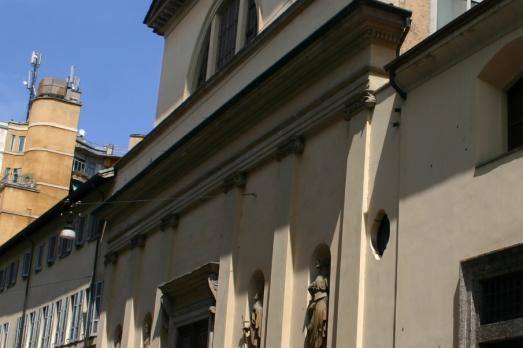
Milano, IT
The church of Sant'Antonio Abate was built in the 13th century on the site of a 4th-century temple. The present church, however, is a reconstruction from the Mannerist period (1582). The church has a beautiful 15th-century bell tower, restored by Luca Beltrami, and a terracotta cloister, dating from the early 16th century. In 1577 it was entrusted to the Theatines. The Theatines fitted out the cloisters and commissioned Dionigi Campazzo, one of the architects of the Ca' Granda, to rebuild the church in the Counter-Reformation style. A second decorative campaign began in the third decade of the 17th century.

new
Nestled amidst the serene landscapes of the Harz region, lies a hidden gem for nature enthusiasts and history buffs alike - the Harz Monastery Hiking Trail. Lace up your hiking boots and embark on this captivating adventure that will transport you back in time.

The Holy Mile (Miglio Sacro) of Naples is a one-mile-long itinerary, through sacred places linked to the city's patron saint, San Gennaro, in the Rione Sanità district. Discover the city from a new perspective with this unique walking tour.

As a university city, cultural offerings abound in Tartu and will reach their peak after being designated one of three European Capitals of Culture for 2024. In this list, we've compiled the most interesting sacred places to visit in and around the old town.